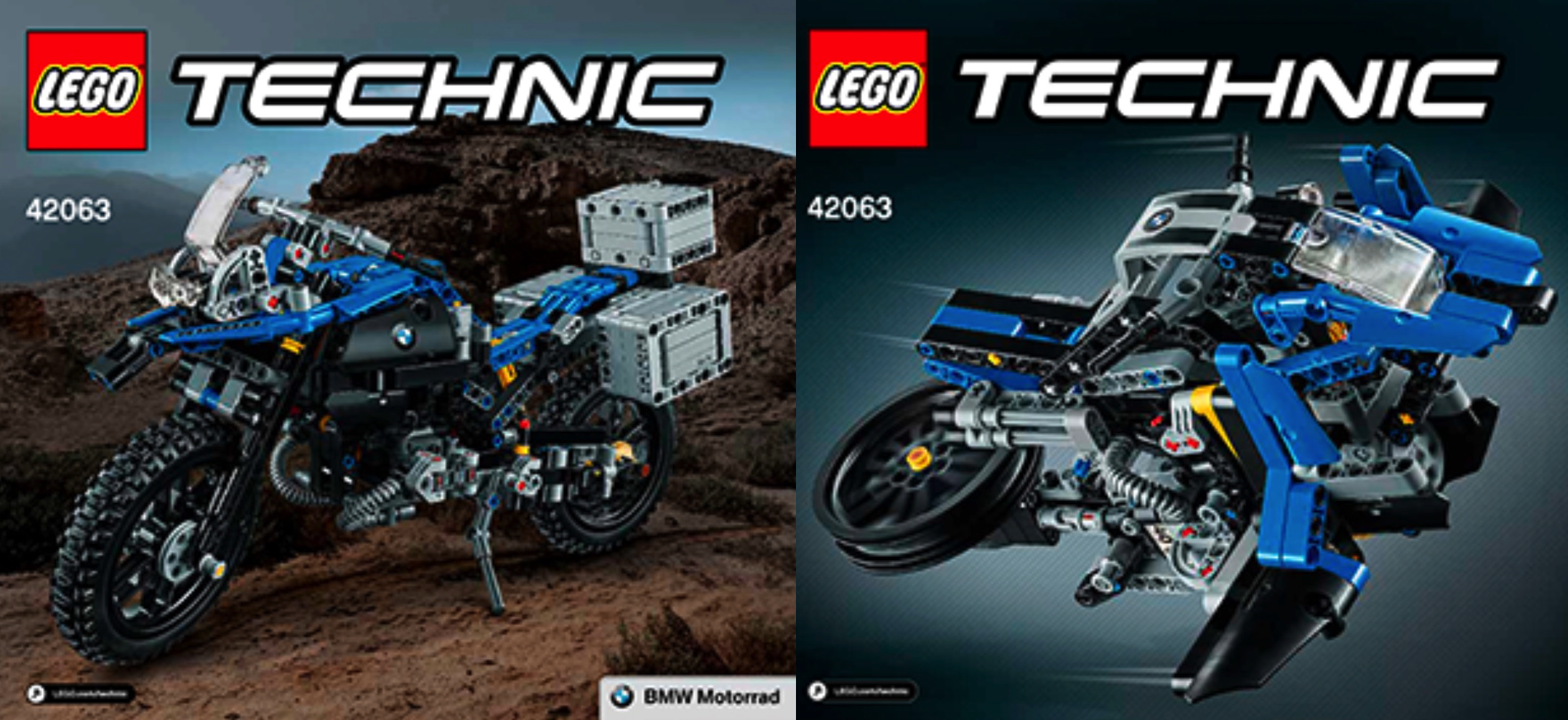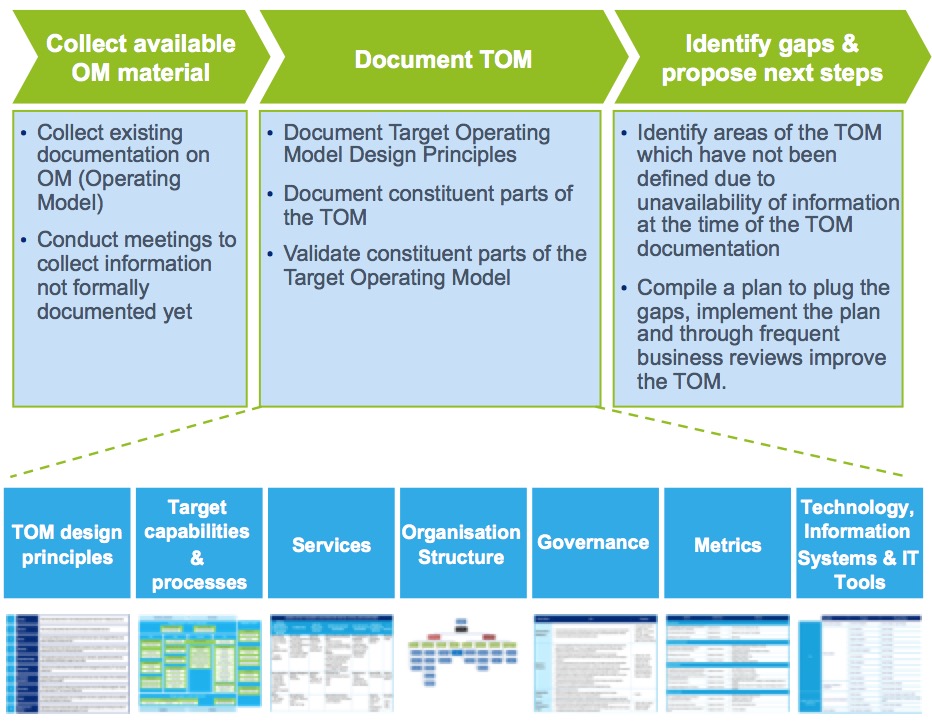One of life’s real pleasures, is riding a motorcycle. The sense of freedom when it is just you, machine and the open road is something only sharing enthusiast would truly understand. Inspired, I recently completed a hobby project building the Lego Set 42063. The building blocks of this Technic model constructs the BMW R1200GS Adventure motorcycle, arguably the best allrounder, adapted to handle all road conditions. The same building blocks can also be used to build a futuristic flying scooter, or shall I call it a speedster in true Star Wars style… While building the model I was marvelled by the ingeniousness of the design and how the different components come together in a final product – fit for purpose today but easily adapted to be fit for future.

This made me think about business agility – how can this modular approach be used within business. We know that SOA (Service Oriented Architecture) takes a modular approach in building adaptable software application and in the talk on “Structure Technology for Success – using SOA” I explained a modular approached to design a Service Orientated Organisation (SOO), to directly contribute to the business success.
Recently I’ve also written about how to construct a business Operating Models that delivers. Such an operating model aligns the business operations with the needs of it’s customers, while it provides the agility to continuously adapt to changes in this fast changing technological ecosystem we live in. An Operating Model that delivers, fit for purpose today but easy adaptable to be fit for the future, in other words – a Modular Operating Model.
As the environment for a company changes rapidly, static operating models lack the agility to respond. Successful companies are customer centric and embrace continuous innovation to enhance the ability of the organisation to re-design it’s operations. This requires an Operating Model that incorporates the agility to be responsive to changes in business strategy and customer needs. A modular operating model enables agility in business operations with a design that can respond to change by defining standard building blocks and how to dynamically combine them. Modular blocks (with the specific operational complexity contained) simplifies managing complexity. This reduces the time to produce a new operational outcome, irrespective of this being a new services, product or just an efficiency improvement within an existing value chain.
An example of applying modular thinking to a operational delivery methodology is covered in the blog post: “How to Innovate to stay Relevant”. In combining the core principles and benefits of three different delivery methodologies, Design Thinking, Lean Startup and Agile Scrum as modular building blocks, a delivery methodology are constructed that ensures rapid delivery of innovation into customer centric revenue channels while optimising the chances of success through continuous alignment with customer and market demand.
A modular operating model imbeds operational agility through the ability to use, re-use, plug and play different capabilities, processes and resources (building blocks)  to easily produce new business outcomes without having to deal with the complexities which are already defined within the individual building blocks – just like a Lego set using the same set of standardised and pre-defined blocks to build completely different things. The focus is on re-using the blocks and not on the design of the blocks itself. Off course a lot of thinking has gone into the design of the different building blocks, but through re-using the same block designs, the model design time is focussed on a new/different outcome and not on a component of an outcome.
to easily produce new business outcomes without having to deal with the complexities which are already defined within the individual building blocks – just like a Lego set using the same set of standardised and pre-defined blocks to build completely different things. The focus is on re-using the blocks and not on the design of the blocks itself. Off course a lot of thinking has gone into the design of the different building blocks, but through re-using the same block designs, the model design time is focussed on a new/different outcome and not on a component of an outcome.
Designing modular capabilities, processes and resources that are used to design operating models have benefits not just in efficiencies and savings through economies of scale, but also in the reduction of time to market. These benefits are easier to accomplish in larger multi-divisional organisation with multiple operating models or organisations with complex operating models bringing together multiple organisations and different locations, where the re-use of modular operating model blocks bring demonstrable efficiencies – but is also possible for smaller organisations and start-ups.
If you want a Operating Model that Delivers and are agile to adapt to the challenges introduced by new technologies and digital business models – ensure the Target Operating Model (TOM) design methodology focusses on modular thinking from the offset and through the design process.
renierbotha Ltd has a demonstrable track record of compiling and delivering visionary Target Operating Models.
Talk to us – we can help you with the Digital Transformation to align your business operations and business model to the modern customers expectations.
Also read…




